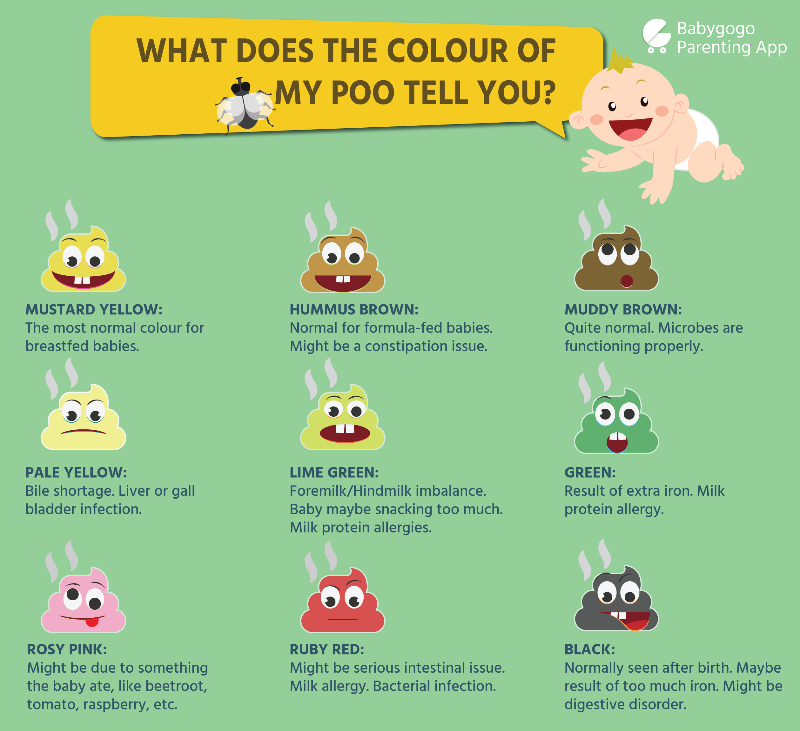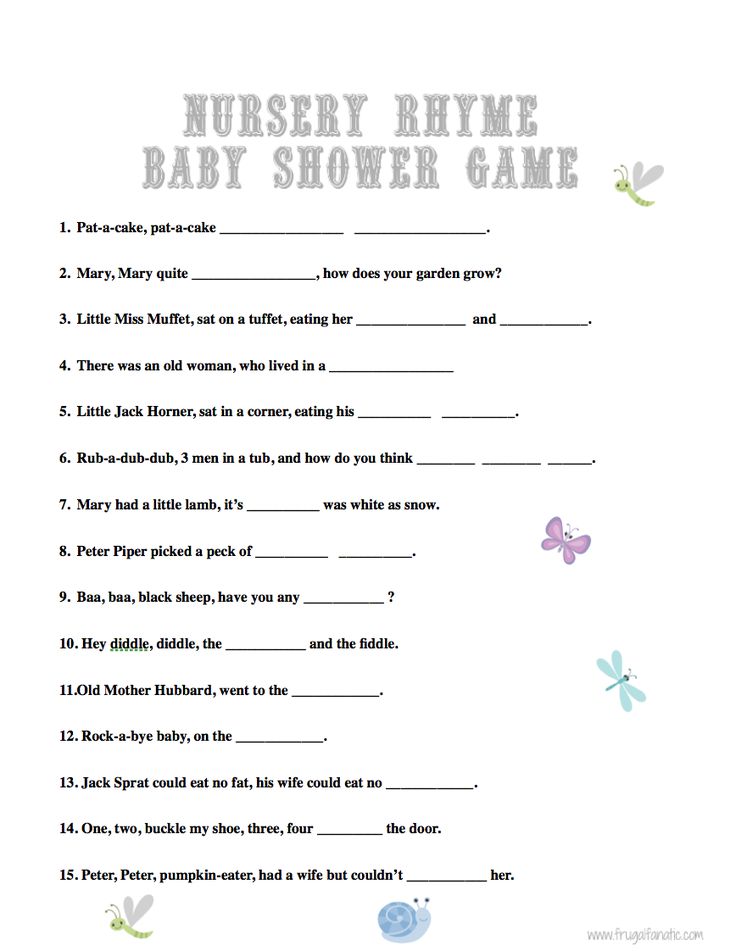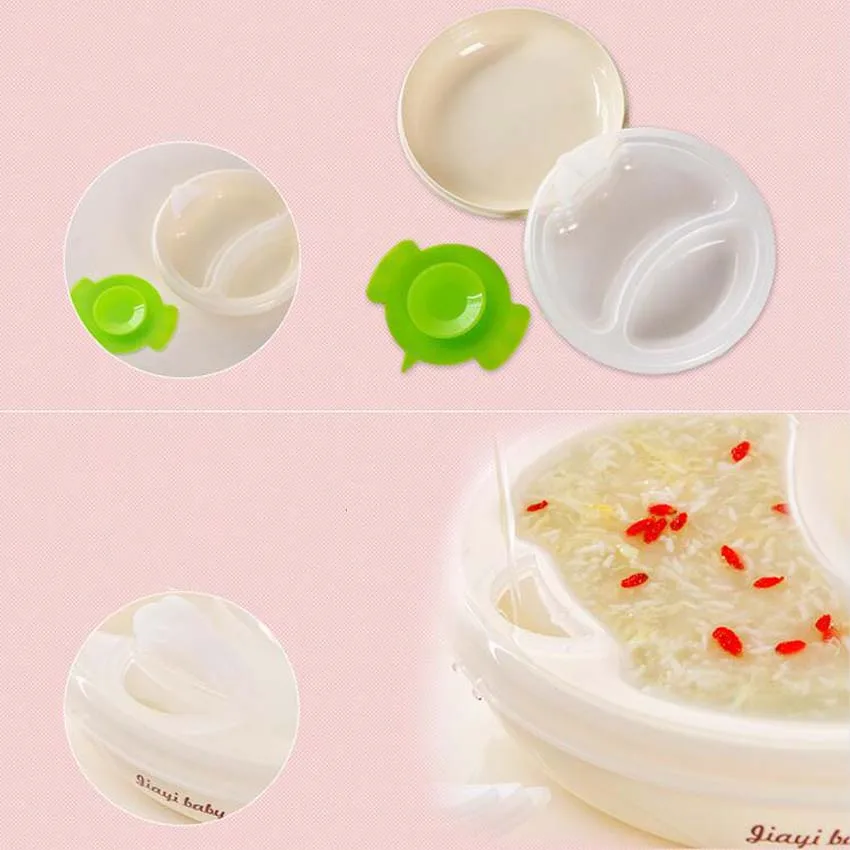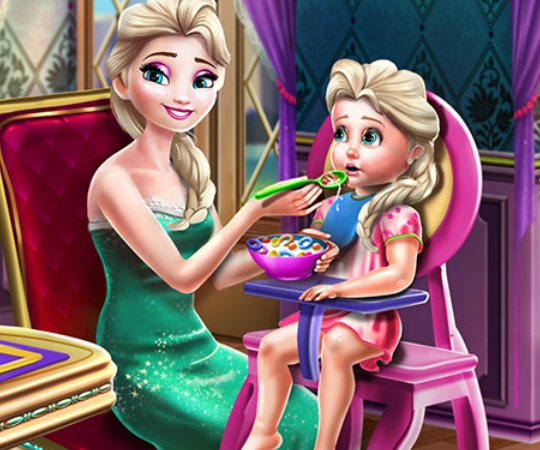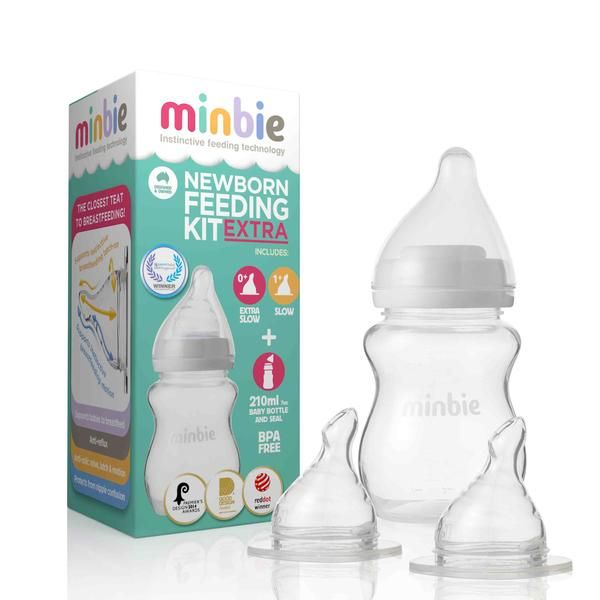Feeding baby milk from fridge
Expressing and storing breast milk
Expressing milk means squeezing milk out of your breast so you can store it and feed it to your baby later.
You might want to express milk if:
- you have to be away from your baby, for example, because your baby is in special care or because you're going back to work
- your breasts feel uncomfortably full (engorged)
- your baby is not able to latch or suck well, but you still want to give them breast milk
- your partner is going to help with feeding your baby
- you want to boost your milk supply
How to express breast milk
You can express milk by hand or with a breast pump. How often you express your milk, and how much you express, will depend on why you're doing it.
Sometimes it takes a little while for your milk to start flowing. Try to choose a time when you feel relaxed. Having your baby (or a photo of them) nearby may help your milk to flow.
You may find it easier to express if you cover your breasts with a warm towel first, or after you have a shower or bath.
Expressing breast milk by hand
Some find it easier to express milk by hand, especially in the first few days or weeks. It also means you can express without needing a pump, or an electricity supply.
Hand expressing allows you to encourage milk to flow from a particular part of the breast. This may be useful, for example, if one of the milk ducts in your breast becomes blocked.
Hold a sterilised feeding bottle or container below your breast to catch the milk as it flows.
These tips may help:
- Before you start, wash your hands with soap and warm water.
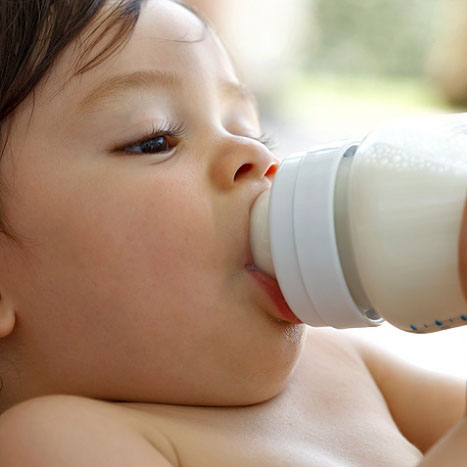
- Have something clean ready to collect the milk in.
- Some find gently massaging their breasts before expressing helps their milk to let down.
- Cup your breast with one hand then, with your other hand, form a "C" shape with your forefinger and thumb.
- Squeeze gently, keeping your finger and thumb a few centimetres away from your nipple, just outside the darker area around it (areola). Do not squeeze the nipple itself as you could make it sore. This should not hurt.
- Release the pressure, then repeat, building up a rhythm. Try not to slide your fingers over the skin.
- Drops should start to appear, and then your milk usually starts to flow.
- If no drops appear, try moving your finger and thumb slightly, but still avoid squeezing the darker area near your nipple.
- When the flow slows down, move your fingers round to a different section of your breast, and repeat.

- When the flow from one breast has slowed, swap to the other breast. Keep changing breasts until your milk drips very slowly or stops altogether.
Watch a video about expressing milk by hand on the UNICEF website
Expressing milk with a breast pump
There are 2 different types of breast pump: manual (hand-operated) and electric.
Manual pumps are cheaper but may not be as quick as an electric pump.
You may be able to hire an electric pump. Your midwife, health visitor or a local breastfeeding supporter can give you details of pump hire services near you.
The suction strength can be altered on some electric pumps. Build up slowly. Setting the strength to high straightaway may be painful or damage your nipple.
You may also be able to get different funnel (the part that goes over your nipple) sizes to fit your nipples.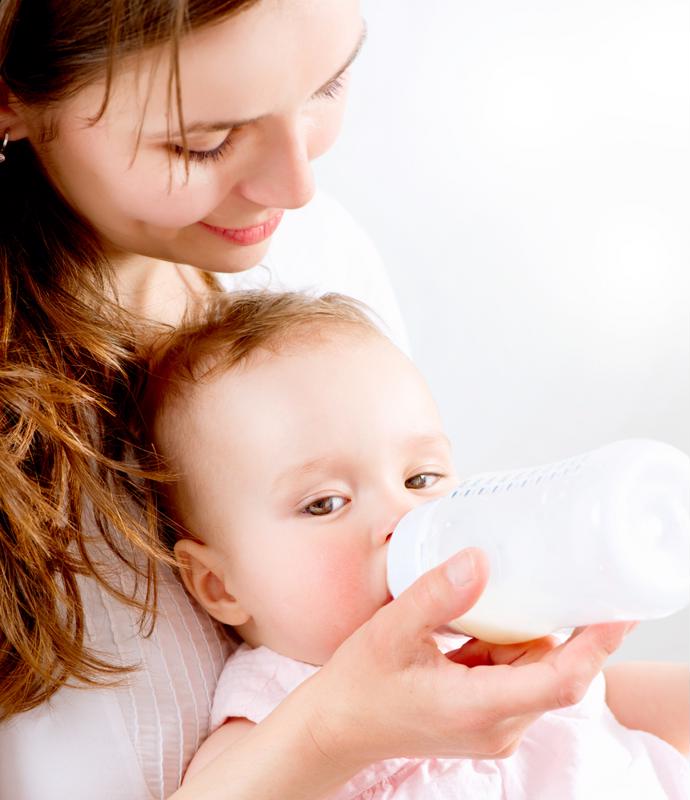 The pump should never cause bruising or catch your nipple as it's sucked into the funnel.
The pump should never cause bruising or catch your nipple as it's sucked into the funnel.
Always make sure that the pump and container are clean and sterilised before you use them.
Find out how to sterilise baby bottles
Storing breast milk
You can store breast milk in a sterilised container or in special breast milk storage bags:
- in the fridge for up to 8 days at 4C or lower (you can buy fridge thermometers online) – if you're not sure of the temperature of your fridge, or it is higher than 4C, use it within 3 days
- for 2 weeks in the ice compartment of a fridge
- for up to 6 months in a freezer, if it's -18C or lower
Breast milk that's been cooled in the fridge can be carried in a cool bag with ice packs for up to 24 hours.
Storing breast milk in small quantities will help avoid waste. If you're freezing it, make sure you label and date it first.
Defrosting frozen breast milk
It's best to defrost frozen breast milk slowly in the fridge before giving it to your baby. If you need to use it straight away, you can defrost it by putting it in a jug of warm water or holding it under running warm water.
Once it's defrosted, give it a gentle shake if it has separated. Use it straight away. Do not re-freeze milk that's been defrosted.
Once your baby has drunk from a bottle of breast milk it should be used within 1 hour and anything left over should be thrown away.
Warming breast milk
You can feed expressed milk straight from the fridge if your baby is happy to drink it cold. Or you can warm the milk to body temperature by putting the bottle in a jug of warm water or holding it under running warm water.
Or you can warm the milk to body temperature by putting the bottle in a jug of warm water or holding it under running warm water.
Do not use a microwave to heat up or defrost breast milk. This can cause hot spots, which can burn your baby's mouth.
Storing breast milk if your baby is in hospital
If you're expressing breast milk because your baby is premature or sick, ask the hospital staff caring for your baby for advice on how to store it.
Read more about breastfeeding a premature or sick baby.
If you're having difficulty expressing breast milk
If you're finding it difficult or uncomfortable to express your breast milk:
- Ask your midwife, health visitor or breastfeeding supporter for help.
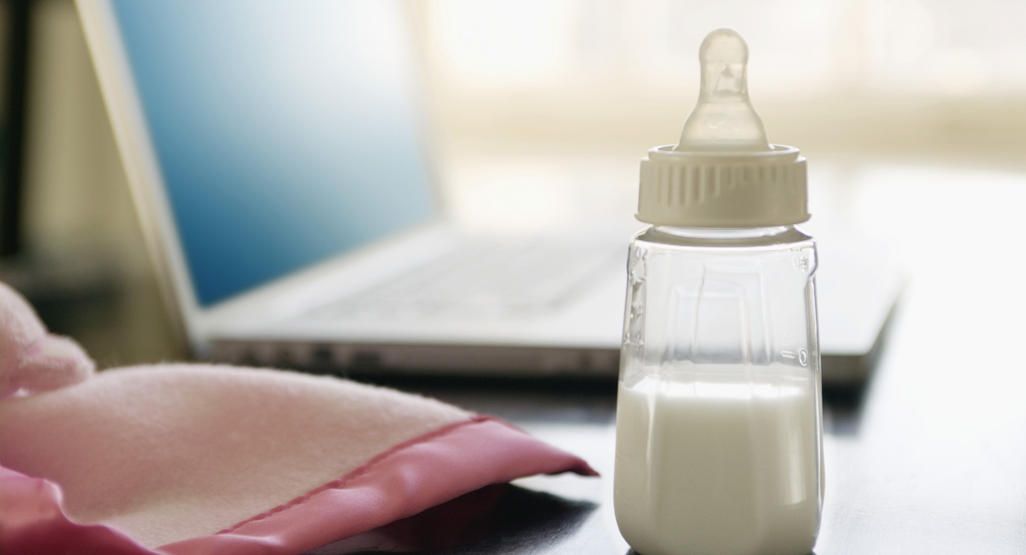 They can also tell you about other breastfeeding support available near you.
They can also tell you about other breastfeeding support available near you. - Search online for breastfeeding support in your area.
- Call the National Breastfeeding Helpline on 0300 100 0212 (9.30am to 9.30pm daily).
The Bliss website also has advice about expressing milk for a premature or sick baby
Community content from HealthUnlockedTips for Freezing & Refrigerating Breast Milk
Log in | Register
Ages & Stages
Ages & Stages
Listen
Español
Text Size
By: Dina DiMaggio, MD, FAAP
When it comes to breast milk, how you store it depends on how soon you want to use it.
Here are some helpful guidelines for storing your breast milk safely.
Before expressing or pumping: Wash your hands and all storage containers thoroughly. Label the date the breast milk was expressed on each container and include your child's name if you are giving the milk to a child care provider. Talk with your child care provider about how they require breast milk be stored and labeled.
Store breast milk in small batches. 2 to 4 ounces is recommended to prevent waste. Any remaining breast milk left in a bottle after your baby is finished with a feeding should be used within 2 hours, or, if quickly refrigerated, used for the next feeding. You can always thaw an extra container if needed.
Refrigerate or chill milk right after it is expressed. Freshly expressed milk can remain at room temperature (up to 77°F or 25°C) for 4 hours (or up to 6 to 8 hours if very cleanly expressed), but it is best to chill as soon as possible.

Breast milk can be placed in the back of the refrigerator (39°F or 4°C). It is best to use refrigerated breast milk within 4 days, but it can be refrigerated for up to 8 days.
To warm breast milk from the refrigerator: Place the bottle in a bowl of warm water or run it under warm water. Microwaving breast milk is not safe due to the risk of scalding your baby with hot milk.
Freeze breast milk if you will not be using it within 24 hours. Breast milk expands as it freezes, so do not fill the milk all the way to the top of the storage container. Again store the milk in the back of the freezer, not the door.
If freezing the milk inside a refrigerator with a freezer that has a separate door (0°F or −18°C), milk may be frozen for up to 9 months.
If the freezer is a chest or a deep freezer (−4°F or −20°C), milk may be frozen for up to 12 months.

To thaw breast milk from the freezer: Put the bottle or bag in the refrigerator overnight, hold it under warm running water, or set it in a container of warm water. Remember that heating breast milk in microwaves is not safe.
Once breast milk is thawed: It can be stored in a refrigerator and must be used within 24 hours.
The Rule of 4's
We know breast milk storage can be confusing, so here is a more conservative approach that you can also go by (and easily remember): 4 hours at room temperature and 4 days in the refrigerator!
Editor's Note: Although these breast milk storage guidelines are appropriate for babies born premature and those who are hospitalized, hospitals may have their own rules. If you have specific questions, discuss these guidelines with your baby's pediatrician and/or hospital.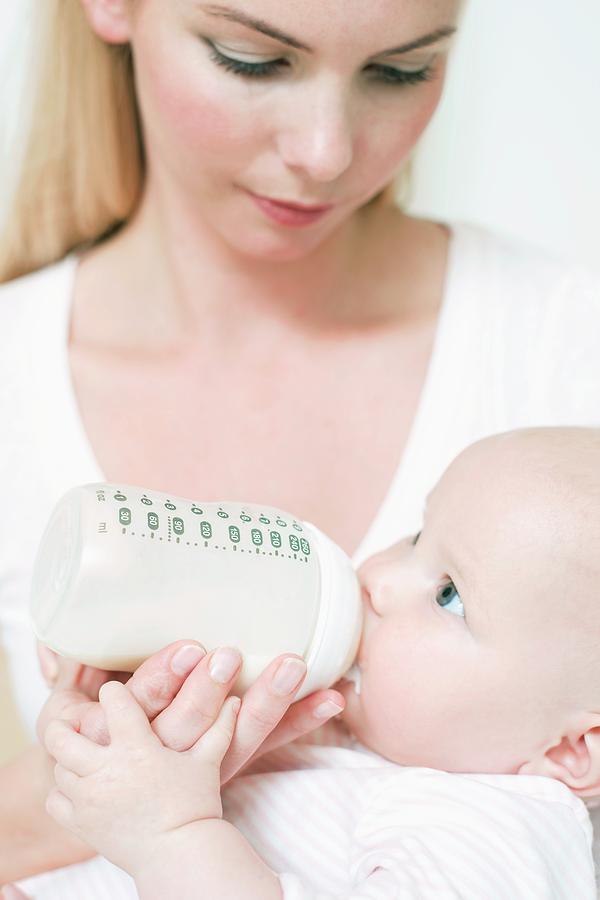
Where We Stand:
The American Academy of Pediatrics recommends breastfeeding as the sole source of nutrition for your baby for about 6 months. When you add solid foods to your baby's diet, continue breastfeeding until at least 12 months. You can continue to breastfeed after 12 months if you and your baby desire.
Additional Information & Resources:
- Expressing Breastmilk On the Job
Breastfeeding and the Use of Human Milk (AAP Policy Statement)
Effects of Extended Freezer Storage on the Integrity of Human Milk (The Journal of Pediatrics)
About Dr. DiMaggio:
Dina DiMaggio, MD, FAAP, is a board certified pediatrician at Pediatric Associates of NYC and at NYU Langone Medical Center. She is the co-author of
The Pediatrician's Guide to Feeding Babies and Toddlers, a comprehensive manual written by a team of medical, nutrition, and culinary experts.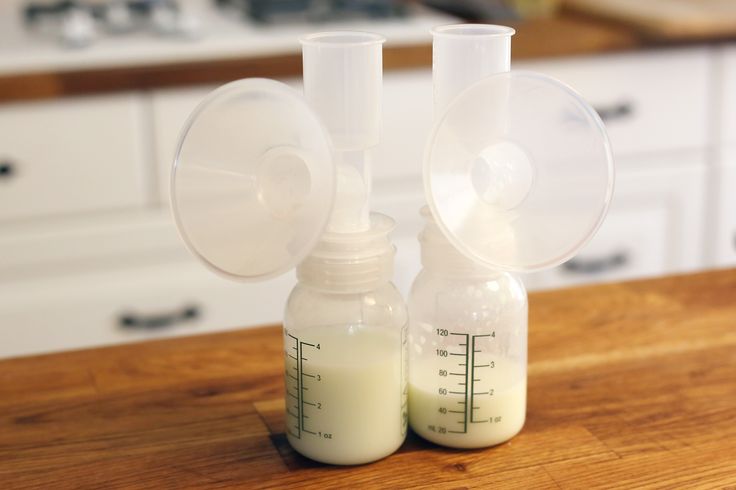 Follow her on Instagram
@Pediatriciansguide.
Follow her on Instagram
@Pediatriciansguide.
- Author
- Dina DiMaggio, MD, FAAP
- Last Updated
- 9/9/2016
- Source
- American Academy of Pediatrics (Copyright © 2016)
The information contained on this Web site should not be used as a substitute for the medical care and advice of your pediatrician. There may be variations in treatment that your pediatrician may recommend based on individual facts and circumstances.
Follow Us
Back to Top
Feeding with expressed milk | breastfeeding
When can I start breastfeeding my baby with expressed breast milk? How to do it right? Is it worth worrying that the child will confuse the pacifier with the breast? In this article we will answer your questions.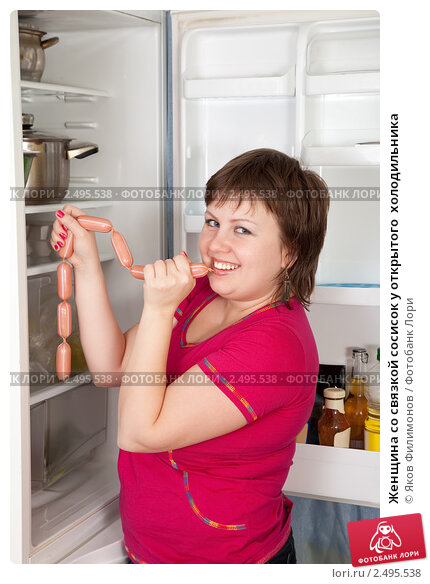
Share this information
When can I start breastfeeding my baby?
If your baby is healthy and breastfeeding well, there is no need to give him expressed milk. For the first four weeks, you work together to start and increase milk production, and your baby also learns to suckle properly at the breast. There is not enough scientific data on this yet, 1 but there is an opinion that bottle feeding in the first month may adversely affect the process of establishing breastfeeding.
However, if the newborn is unable to latch on or suckle for some reason, start expressing milk as soon as possible after delivery. Read more about this in our articles on coping with problems in the first week, breastfeeding premature babies and babies with special needs, and seeking help from your healthcare provider.
How can I feed my baby with expressed breast milk?
There are many expert feeding solutions that allow you to give your baby expressed milk in a variety of ways, depending on your and your baby's needs.
For example, the innovative Calma smart pacifier only lets milk through when the baby creates a vacuum by suckling. This means that when feeding from a bottle, he will make the same movements with his tongue and jaws as when sucking at the breast. 2.3 Calma was developed with the help of breastfeeding experts from the University of Western Australia. When using this pacifier, the baby can suck, swallow, pause and breathe in the same way as when breastfeeding. 4 Preserving natural sucking habits allows baby to transition easily from breast to bottle and back.
In addition, Medela also offers regular bottle teats* in two versions that produce milk at different rates. All Medela* nipples can be placed directly on bottles used for expressing milk, minimizing the risk of spillage.
If you need to feed your baby with expressed milk, but you do not want to bottle feed him until he is learning to breastfeed, you can use a sippy cup* for temporary feeding. The baby will be able to drink milk from such a mug, but you should be careful not to spill the milk. For the first time, it is advisable to feed the child from a drinking cup under the supervision of the attending physician in order to learn how to do it correctly.
The baby will be able to drink milk from such a mug, but you should be careful not to spill the milk. For the first time, it is advisable to feed the child from a drinking cup under the supervision of the attending physician in order to learn how to do it correctly.
If your baby needs to be supplemented with expressed milk in addition to regular breastfeeding, the Supplementary Feeding System (SNS)* can be used. It is equipped with a thin, flexible capillary that can be clipped close to the nipple to give your baby expressed milk while breastfeeding. Thanks to this, the baby suckles the breast for longer, thereby developing sucking skills and stimulating the production of milk from the mother. This can be helpful when there is a shortage of breast milk, as well as when feeding adopted or surrogate children.
If the baby is unable to breastfeed because he is too weak or has a congenital disease, you can use the Special Needs Cup*, which releases milk with gentle pressure, making it suitable for feeding these babies.
How to teach a child to bottle feed?
If breastfeeding is going well and you decide to start bottle feeding your baby with expressed breast milk, follow these guidelines.
Start early and take your time
Don't wait until the first day of work or the first time you leave the house to start bottle feeding your baby. Start accustoming your baby to small portions of expressed milk a couple of weeks before the desired date, calmly and without haste. Gradually build up to one full serving of pumped milk from a bottle.
Choose a time
Ideally, at the first bottle feeding, the baby should be hungry, but not too hungry - in this state, he is as relaxed as possible.
Let others feed
Your baby is used to feeding from your breast, so when you offer him a bottle it can be confusing. The process can go faster if the first time the baby is bottle-fed by someone else while you are not in the room, so that your sight and smell do not embarrass the baby.
Maintain optimal temperature
Your baby will be more willing to eat expressed milk if the temperature is around 37°C, close to body temperature.
Dip the nipple in milk
Try dipping the nipple in expressed milk before offering it to your baby. This way it will taste and smell like your breast milk. Lightly touch the baby's upper lip with the nipple to open the mouth.
Choose the right position for bottle feeding
Feed your baby on demand and keep him reclining during feeding. Never bottle feed your baby when he is lying or sitting, otherwise he may choke. Listen to the wishes of the child - take as many pauses as he needs. You can even try to shift it from one hand to another during feeding.
Be patient
Don't worry if your baby doesn't take the bottle right away - it may take several tries. If he pushes the bottle away or starts crying, calm him down, wait a few minutes and try again. If he still doesn't want to bottle feed, wait a few more minutes and breastfeed him as usual. Repeat the bottle experiment at a different time of day.
If he still doesn't want to bottle feed, wait a few more minutes and breastfeed him as usual. Repeat the bottle experiment at a different time of day.
How much pumped milk should I give my baby?
All children are different. Research shows that between the ages of one and six months, a baby can consume between 50 and 230 ml of milk per feeding. To start, prepare about 60 ml and observe how much your baby needs - more or less. You will soon realize how much milk he usually eats. Just never force him to finish the cooked portion.
How can I keep my baby safe when bottle feeding?
Always clean and sterilize your pump and bottles according to the manufacturer's instructions. Wash your hands before expressing, pouring milk, and feeding your baby. Follow our instructions for safely storing and thawing your expressed milk.
If breastmilk needs to be warmed, place the bottle or bag in a bowl of warm water or a heater or under running water at a maximum of 37°C. Never heat breast milk in the microwave or on the stove.
Never heat breast milk in the microwave or on the stove.
Will the baby be able to transition from breast to bottle?
Some mothers worry that if they start bottle feeding too early, the baby will get used to the artificial nipple and not want to breastfeed. Others, on the contrary, are worried that if the child is not immediately accustomed to the bottle, then he will no longer eat from it. In general, in these cases, they say that the child confuses the nipple with the breast.
Experts disagree on whether such confusion is a problem. 1 Without a doubt, it is easier for a baby to suckle milk from a regular bottle with a nipple, which does not require a vacuum, than from the breast, since the milk flows faster, also under the influence of gravity. And some babies really have clear preferences: only the breast or only the nipple. However, many babies are comfortable suckling both the breast and the pacifier.
If you are unable to feed your baby with expressed breast milk, seek help from a lactation consultant or specialist.
Literature
1 Zimmerman E, Thompson K. Clarifying nipple confusion. J. Perinatol. 2015;35(11):895-899. - Zimmerman I., Thompson K., "On the issue of breastfeeding." Zh Perinatol (Journal of Perinatology). 2015;35(11):895-899.
2 Geddes DT et al. Tongue movement and intra-oral vacuum of term infants during breastfeeding and feeding from an experimental teat that released milk under vacuum only. Early Hum Dev . 2012;88(6):443-449. - Geddes D.T. et al., "Language Movements and Oral Vacuum Generation in Term Infants During Breastfeeding and Feeding from an Experimental Vacuum-Delivery Teat". Airlie Hume Dev. 2012;88(6):443-449.
3 Segami Y et al. Perioral movements and sucking pattern during bottle feeding with a novel, experimental teat are similar to breastfeeding. J. Perinatol. 2013;33(4):319-323. - Segami, I. et al., "Perioral movements and sucking during bottle feeding with a new experimental nipple are very similar to sucking from the breast." Zh Perinatol (Journal of Perinatology). 2013;33(4):319-323.
4 Sakalidis VS et al. Oxygen saturation and suck-swallow-breathe coordination of term infants during breastfeeding and feeding from a teat releasing milk only with vacuum. Int J Pediatr. 2012;2012:130769. - Sakalidis V.S. et al., "Oxygenation and Coordination of Sucking, Swallowing, and Breathing in the Term Infant During Breastfeeding and Feeding from a Purely Vacuum Teat". Int J Pediatrician 2012;2012:130769.
Read instructions before use. Consult a specialist about possible contraindications.
* RC № ФСЗ 2010/07353 of 07/19/2010
Storage, freezing and thawing of breast milk
Expressed breast milk is the best food for your baby when you are not around. How to store and use breast milk correctly?
Share this information
If you go to work, go to the gym or simply ask your partner to feed your baby and you want to get some sleep yourself, you can express breast milk so that the baby can eat even when you are not around. Most of the beneficial properties are retained in expressed breast milk, so if you are forced to skip breastfeeding, it will be a better replacement than any formula. But an important guarantee of the safety of expressed milk for your baby is hygiene. Read the article to learn how to properly store breast milk.
What is the best way to store breast milk?
Any type of breast milk is better for the baby than formula. But freshly expressed breast milk is better than chilled, and chilled breast milk is better than frozen. The fact is that freshly expressed milk fights bacteria better, it contains more antioxidants, vitamins and fats than chilled or frozen milk 4 .
How long expressed breast milk lasts
Once your breast milk is properly collected in a clean container, you can store it at room temperature, in the refrigerator or in the freezer, depending on how soon you plan to use it. Follow the guidelines below:
Recommendations for storing expressed breast milk (for feeding healthy term babies) 2, 3
| Storage location | Room temperature | Refrigerator | Freezer | Pre-frozen |
| Safe shelf life | Up to four hours Up to six hours for milk expressed under extra clean conditions* | Up to three days Up to five days for milk expressed under extra clean conditions* | Up to six months Up to nine months for milk expressed under extra clean conditions* | Up to two hours at room temperature Up to 24 hours refrigerated Do not freeze again! |
* "Very clean environment" refers to strict adherence to the instructions in the article on cleaning and sterilizing the Medela 9 breast pump0104 . These instructions for storing and thawing breast milk are guidelines only. For more information, contact a lactation consultant or healthcare professional.
If the baby is in the neonatal intensive care unit (NIU) or intensive care unit, stricter cleaning and storage guidelines may apply in accordance with the hospital's internal policies.
Before placing expressed milk in the refrigerator or freezer, be sure to mark the bottles or bags with the amount of milk and the date of expression. This will make it easier to manage your pumped milk supply.
Recommendations for feeding expressed breast milk
During storage, breast milk usually separates into layers and the fats (cream) it contains rise to the top. Shake the bottle lightly to mix the layers before giving it to your baby. Strong mixing and shaking can destroy some of the nutritional and protective components of breast milk 5 .
When a baby is fed expressed breast milk from a cup or bottle, bacteria from the mouth naturally enters the milk. Therefore, it is best to throw out all the unfinished milk one to two hours after the first feeding. In order to waste as little expressed milk as possible, it is best to store it in small portions and use just enough for one feeding 2 .
How to Store Breast Milk in the Refrigerator
2, 3Follow the guidelines below to safely store expressed milk in the refrigerator.
- Refrigerate breast milk as soon as possible after pumping.
- Store milk in clean BPA-free breast milk bottles or breast milk storage bags. Its long-term effects on the human body are not well understood and manufacturers are now moving away from the use of this chemical in plastic containers and covers.
- After pre-cooling, a small amount of expressed milk can be added to the milk container stored in the refrigerator. Do not add warm breast milk to already chilled milk.
- Store breast milk in the coldest part of the refrigerator, on the back of the shelf above the vegetable drawer.
Do not store milk in the refrigerator door where the temperature is not as constant.
How to store breast milk in the freezer
2, 3The following are guidelines for the safe freezing of breast milk.
- Freeze breast milk as soon as possible after pumping.
- After pre-cooling, expressed milk can be added to a container of already frozen milk. Do not add warm breast milk to already frozen milk.
- To simplify defrosting and reduce waste, store milk in small portions (less than 60 ml). Once thawed, portions can be mixed.
- Make sure the breast milk container is suitable for freezing: some containers (eg glass bottles) may burst at low temperatures. Medela Breast Milk Storage Bags are ideal for storing frozen breast milk: they are ready to use, cold-resistant and easy to label.
- Do not fill bottles or bags more than 3/4 full as milk expands when frozen.
- Store frozen breast milk in the back of the freezer where the temperature is constant.
Do not place it against the walls of freezers with automatic defrosting.
Feeding frozen breast milk
2, 3Follow these guidelines when thawing breast milk to keep it safe for your baby.
- Breast milk can be thawed in the refrigerator, usually takes about 12 hours. You can place the bottle or bag of frozen milk under running warm water (max. 37 °C). Do not thaw breast milk at room temperature.
- Fully thawed breast milk can be stored for up to two hours at room temperature and up to 24 hours in the refrigerator.
- Do not thaw or reheat frozen breast milk in a microwave oven or in boiling water. This can negatively affect the nutritional and protective properties of breast milk, and due to uneven heating, the baby can burn.
- If, after defrosting, you left breast milk at room temperature, but did not feed it to the baby within two hours, the milk must be discarded.
- Do not refreeze breast milk.
How to warm up expressed breast milk
2, 3 Healthy full-term babies can be given breast milk at room temperature or heated to body temperature. Some children care about the temperature of the milk, while others drink milk at any temperature.
- To warm breast milk, place the bottle or bag in a cup, mug or bowl of warm water for a few minutes until the milk is at body temperature (37°C). You can use a bottle warmer. Do not heat milk above 40°C or microwave it to avoid overheating.
- Slightly shake the milk in the bottle or bag to mix the separated fat (see above). Do not stir or shake the milk too hard.
Why does milk smell strange after storage?
Chilled or thawed breast milk may smell different from fresh
. This is due to the action of lipase, an enzyme that breaks down fats into fatty acids, preventing the growth of dangerous bacteria.
Some mothers report that their milk smells rancid or soapy after storage. But if you followed all the recommendations for safe storage given in this article, such milk is absolutely safe 2 .
Storing breastmilk on the road
If you need to transport your breastmilk from work to home or nursery, use the cool bag with ice packs 2 . For more information on pumping and storing breastmilk on the go, see the article on pumping on the go.
Literature
1 US Food & Drug Administration. Using a breast pump. [Internet]. Silver Spring, MD, USA: US Department of Health and Human Services; 2018 [updated 2018 Feb 04; cited 2018 Apr 12] Available from: www.fda.gov/MedicalDevices/ProductsandMedicalProcedures/HomeHealthandConsumer/ConsumerProducts/BreastPumps/ucm061944.htm. "Instructions for using the breast pump". [Internet] Silver Spring, Maryland, USA: Department of Health and Human Services; 2018 [updated February 4, 2018; cited April 12, 2018] Article referenced: www.fda.gov/MedicalDevices/ProductsandMedicalProcedures/HomeHealthandConsumer/ConsumerProducts/BreastPumps/ucm061944.htm
3 Eglash,A., Simon,L., & The Academy of Breastfeeding Medicine. ABM clinical protocol #8: human milk storage information for home use for full-term infants, revised 2017. Breastfeed Med 12, (2017). - Eglash A, Simon L and Academy of Breastfeeding Medicine, AVM Clinical Protocol #8: Home Storage of Milk for Term Infants 2017 Revision. Brestfeed Med (Breastfeeding Medicine) 12 (2917).
4 Human Milk Banking Association of North America. 2011 Best practice for expressing, storing and handling human milk in hospitals, homes, and child care settings. (HMBANA, Fort Worth, 2011).- North American Breast Milk Banks Association. Fort Worth: SABGM; 2011.
5 García-Lara NR et al. Effect of freezing time on macronutrients and energy content of breastmilk. Breastfeeding Medicine. 2012;7(4):295-301. - Garcia-Lara N.R. et al., "Effect of Freezing Duration on Macronutrients and Energy in Breast Milk". Brestfeeding Honey (Breastfeeding Medicine) . 2012;7(4):295-301.
6 Office on Women’s Health.

